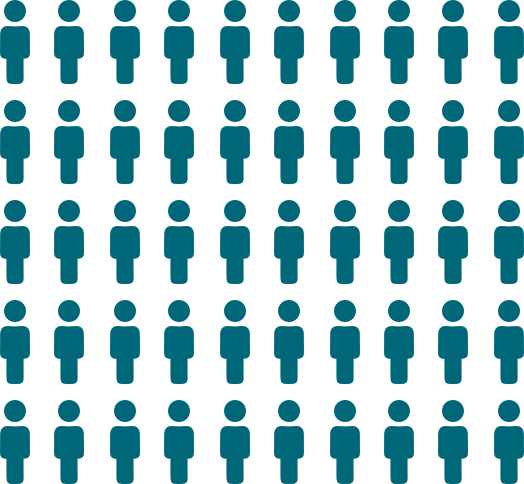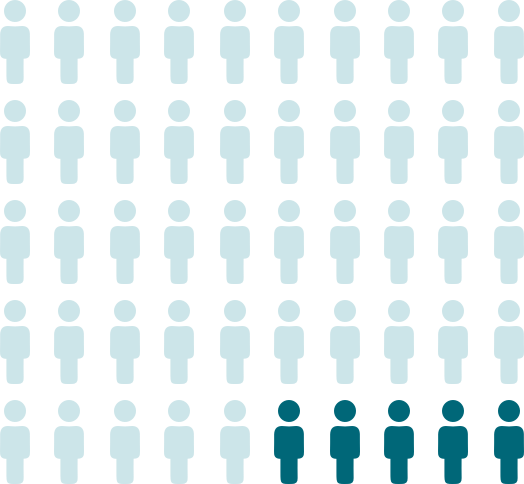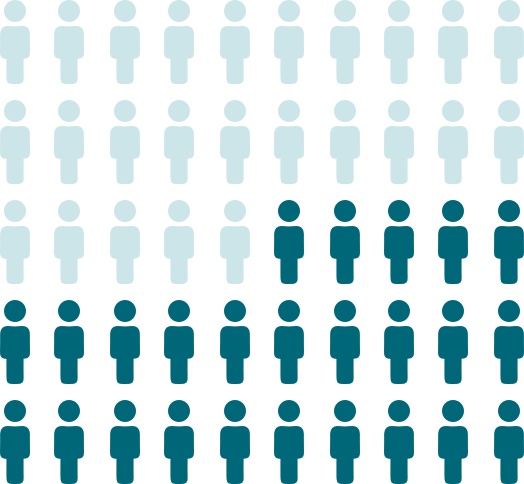What to know
- Vaccination is the best way to help protect you and your family against serious diseases.
- FDA regulates vaccines to make sure they are safe and effective.
- CDC provides clinical guidance for vaccine use.
- Before a vaccine can be approved, it must go through years of testing to show it is safe, effective, and its benefits outweigh the risks.
- Once it is approved for use, FDA and CDC continue to monitor its safety.

Testing vaccines in the laboratory is a long process
Researchers spend several years testing a vaccine in a lab to see if it can help protect against a specific disease. They may also use small animals, like mice, to see if the vaccine causes an immune response and is safe.
If the vaccine shows promising results during this early stage of testing, the Food and Drug Administration (FDA) can give approval to test in people during clinical trials.
Clinical trials ensure the vaccine is safe and effective
Clinical trials are research studies involving volunteers, who will test the vaccine. This is how researchers learn if the new vaccine is safe and effective in people.
Clinical trials usually have three phases. While the main priority is vaccine safety and effectiveness, each phase has a specific focus for researchers to explore.
Phase 1: Safety and dosage

During Phase 1, researchers explore:
- How safe is the vaccine?
- Does the vaccine cause an immune response?
- Are there any potential side effects?
- How does the size of the dose relate to side effects?
Phase 2: Side effects and immune response

During Phase 2, researchers explore:
- What are the most common short-term side effects?
- How well do people's immune systems respond to the vaccine?
Phase 3: Vaccine benefits

During Phase 3, researchers explore:
- Is the vaccine safe?
- How well does the vaccine work for people who got the vaccine compared to people who did not?
- What are the less common side effects?
FDA approves and regulates the vaccine
If a vaccine is successful in all three phases of clinical trials, FDA reviews all the gathered research data to consider approving it for use in people.
FDA approves the vaccine if:
- It's safe and effective
- The benefits of receiving the vaccine outweigh any risks
- The manufacturer meets FDA regulations
Approved Vaccines can go through more testing
After FDA approves a new vaccine for use, it may move to a fourth clinical trial phase, called Phase 4. This phase includes several thousand volunteers. Phase 4 is an ongoing study that looks at the vaccine’s safety and effectiveness over a longer period of time.
Manufacturers test the vaccines they make
Vaccines are made in batches called "lots," which are tested to make sure each dose remains reliable and safe for use in people.
- Vaccine manufacturers test all lots
- FDA checks each lot for safety and quality
- FDA regularly inspects manufacturing facilities
Experts make recommendations for using the vaccine
You may have seen the recommended schedule for vaccinations at your doctor's office. CDC creates these schedules each year with help from a group of medical and public health experts called the Advisory Committee on Immunization Practices (ACIP).
To make a recommendation after FDA approval, ACIP carefully reviews all data about a vaccine. This includes:
- The safety and effectiveness of the vaccine for people in different age groups
- The seriousness of the disease that this vaccine is designed to prevent
- The estimated number of people who would get the disease if the vaccine didn't exist
After ACIP makes a recommendation to add a vaccine to a schedule, the CDC Director decides whether to approve the recommendation. If the CDC Director approves, the new vaccine will be added to the immunization schedule.
Vaccines are constantly monitored for safety
The vaccine safety system in the U.S. ensures vaccines remain safe and effective for use. Health experts constantly monitor a vaccine's safety—starting as soon as FDA approves it.
CDC and ACIP monitor vaccine-related risks and side effects. If needed, they can update their recommendation and the immunization schedule.
Vaccine monitoring systems include
Reporting adverse effects
Vaccine Adverse Event Reporting System (VAERS)
Anyone can submit a report of adverse events (serious health problems) after vaccination, regardless of whether it is vaccine-related.
For Researchers
Vaccine Safety Datalink (VSD)
Scientists can analyze health information from over 24 million people and determine if possible adverse effects are actually related to vaccination.
Post-Licensure Rapid Immunization Safety Monitoring (PRISM)
Researchers can monitor vaccine safety, analyzing data from 190 million people.
Clinical Immunization Safety Assessment (CISA) Project
This collaboration between CDC and medical research centers helps experts conduct vaccine safety studies.
